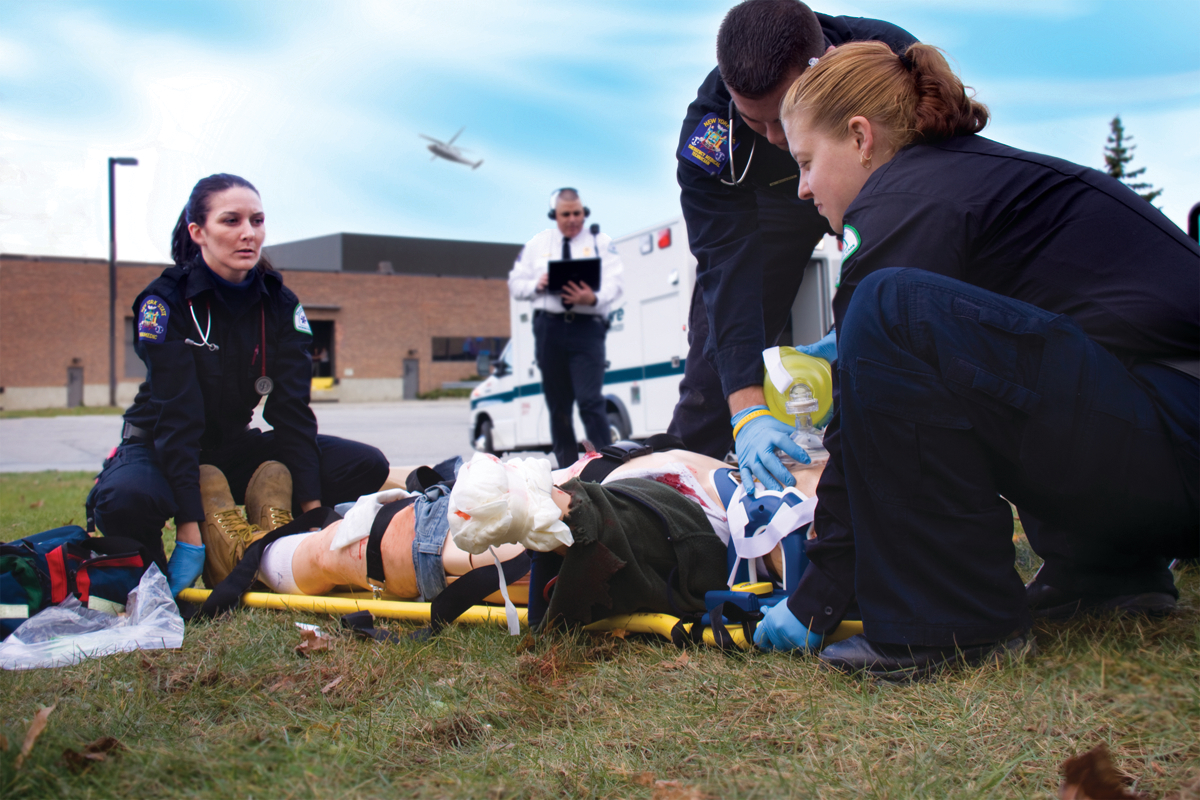
Training Bystanders in Bleeding Control
Why EMS support is critical to the success of training bystander hemorrhage control.
On April 15, 2013, two improvised explosive devices (IEDs) detonated near the finish line of the Boston Marathon in Massachusetts, resulting in 3 deaths and 264 people injured.1 Despite the tragedy of the event, the overall medical response has been considered successful.
Within 45 minutes, the last of the injured patients were transported from the scene and no one who was transported to a hospital died.2 Additionally, no major trauma centers were overwhelmed by the number of victims admitted – meaning that the ambulances were dispatched effectively.
Since the Boston Marathon, we have seen countless tragedies take place in the U.S. In today’s world, disaster can strike in anyone’s neighborhood at any time. Whether the catastrophe is a naturally occurring disaster or a terrorist event, EMS is on the frontlines.
It’s a commentary on our times. If you watch the news every day, you know that we have a lot of events in this country where a lot of people are injured.*
The success of the first-responders at the Boston Marathon can largely be attributed to the emergency-preparedness programs they participate in, including practice, exercises, and drills. These programs often take the form of in situ simulation, held in real-world settings and mimicking a very real type of emergency.
Ultimately, disasters are characterized by many people trying to do quickly what they do not ordinarily do, in an environment with which they are not familiar.3 Because of the nature of disasters, EMS can benefit from navigating uncommon work environments and treating patients in different ways than they are used to.
When working to prepare your EMTs and Paramedics for large-scale disaster, in situ simulation training can help.
*Aleccia, J. (2016). Stop the bleed: Movement trains bystanders to help during shootings, emergencies. The Seattle Times. Retrieved from https://www.seattletimes.com/seattle-news/health/stop-the-bleed-movement-trains-bystanders-to-help-during-shootings-emergencies/
Sign up for Laerdal Medical email updates. You can identify your interests and receive new educational content, updates, event information and more.